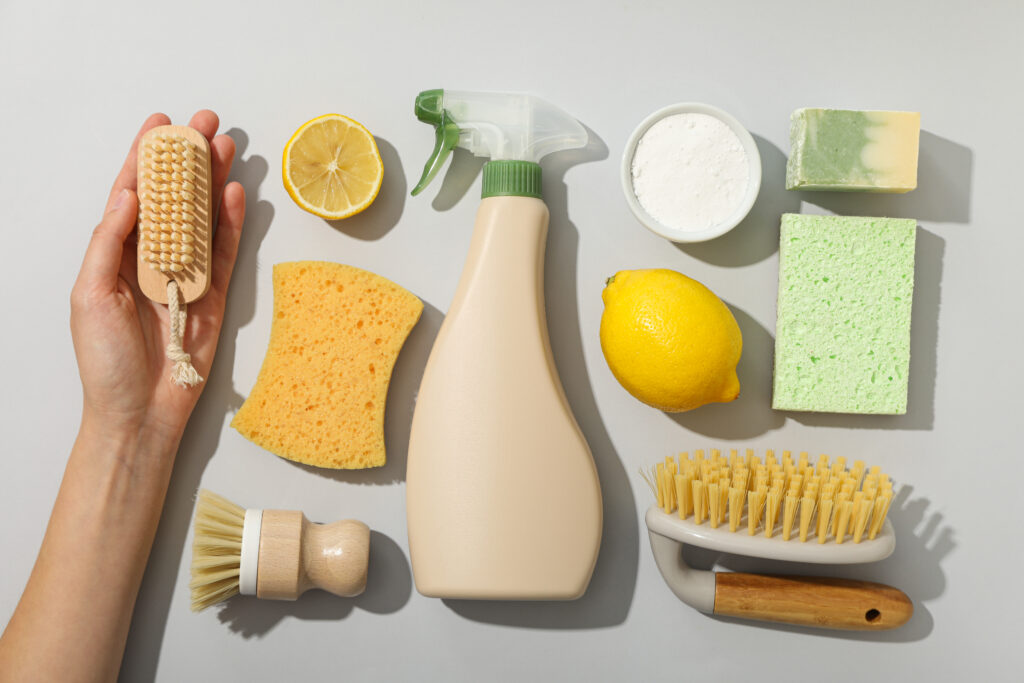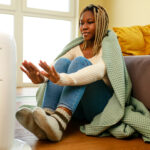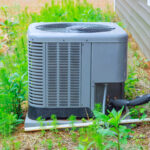In today’s world, many homeowners are becoming increasingly conscious of the products they use to clean their homes. While store-bought cleaning supplies often contain harsh chemicals, the growing interest in eco-friendly living and health-conscious choices has prompted people to explore natural alternatives. Organic cleaning methods using common household ingredients not only reduce exposure to potentially harmful chemicals but also help protect the environment.
If you’re interested in switching to organic cleaning materials, you’ll be pleased to know that there are several safe, effective, and simple ways to clean your home using ingredients that are gentle on both your health and the planet.
Why Choose Organic Cleaning Materials?
Before we dive into specific cleaning methods, let’s explore why choosing organic cleaning materials is a great option:
- Health Benefits: Many conventional cleaning products contain harmful chemicals, such as ammonia, chlorine, and phthalates, which can irritate your skin, eyes, and respiratory system. Prolonged exposure to these chemicals may increase the risk of chronic health issues, such as asthma, allergies, and even cancer. Organic materials are free from these harsh substances and are safer for your family and pets.
- Environmental Impact: Conventional cleaning products often contain ingredients that are not biodegradable, leading to water and soil contamination. Organic cleaning solutions, on the other hand, tend to be more eco-friendly and sustainable, reducing your carbon footprint and promoting a healthier environment.
- Cost-Effective: Organic cleaning solutions are often less expensive than store-bought cleaners. Many ingredients like vinegar, baking soda, and lemon juice are commonly found in most kitchens and are inexpensive to purchase.
Now, let’s look at some of the best organic materials to clean your home and how to use them effectively.
1. Baking Soda: A Powerful All-Purpose Cleaner
Baking soda, also known as sodium bicarbonate, is a natural deodorizer and abrasive cleaner. It’s gentle yet effective, making it ideal for cleaning a wide variety of surfaces.
How to Use Baking Soda:
- For Cleaning Surfaces: Sprinkle baking soda on countertops, stovetops, and other surfaces. Use a damp cloth or sponge to scrub the area gently. The fine abrasiveness of baking soda helps lift dirt and grime without damaging surfaces.
- For Deodorizing Carpets: Sprinkle baking soda liberally on carpets and upholstery, then let it sit for 15 to 20 minutes. Vacuum thoroughly to eliminate odors and freshen up the fabric.
- For Stubborn Stains: Mix a paste of baking soda and water, then apply it to stubborn stains on your kitchen or bathroom surfaces. Let it sit for 10-15 minutes before scrubbing away.
2. Vinegar: The Ultimate Disinfectant
White vinegar is an all-natural disinfectant that can be used in virtually every room of your home. It has antimicrobial properties, making it effective at killing germs and bacteria, and it also helps neutralize odors.
How to Use Vinegar:
- For All-Purpose Cleaning: Combine equal parts white vinegar and water in a spray bottle. Use this solution to clean countertops, glass, windows, and mirrors. It leaves surfaces streak-free and shining.
- For Toilet Cleaning: Pour 1-2 cups of vinegar into the toilet bowl and let it sit for about 30 minutes. Use a toilet brush to scrub the bowl and remove any buildup.
- For Removing Soap Scum: Vinegar is excellent for removing soap scum from bathroom tiles and glass shower doors. Spray the affected areas with vinegar, let it sit for 10 minutes, then wipe clean with a damp cloth.
Note: Vinegar has a strong scent, but it dissipates quickly once it dries, leaving behind a fresh, clean smell.
3. Lemon: A Natural Degreaser and Disinfectant
Lemon juice is another versatile organic cleaning agent. It has natural antibacterial properties and works wonders as a degreaser. The high acidity of lemons helps break down grease, grime, and stains, leaving your surfaces sparkling clean.
How to Use Lemon:
- For Kitchen Surfaces: Squeeze fresh lemon juice onto greasy kitchen surfaces, such as stovetops or range hoods, and let it sit for 10-15 minutes. Scrub away with a sponge or cloth. The acidity of lemon juice will break down the grease, making it easier to wipe away.
- For Disinfecting Cutting Boards: Cut a lemon in half and rub the cut side on your wooden cutting board. This helps disinfect the board and removes any lingering odors.
- For Smelly Garbage Disposal: Cut a lemon into small wedges and drop them into your garbage disposal. Turn on the disposal with cold water running to freshen the drain and eliminate odors.
4. Castile Soap: A Gentle and Effective Cleaner
Castile soap is a vegetable-based soap made from olive oil, and it’s a fantastic all-natural cleaner. It’s non-toxic, biodegradable, and gentle on the skin, making it an ideal choice for cleaning everything from floors to countertops.
How to Use Castile Soap:
- For General Cleaning: Dilute Castile soap with water and use it to clean countertops, floors, and even dishes. It’s a safe, effective option for wiping down surfaces in kitchens and bathrooms.
- For Hand Soap: Castile soap makes an excellent hand soap when diluted with water. It’s gentle on the skin and works well for removing dirt and germs.
- For Laundry: You can also use Castile soap as a natural alternative to store-bought laundry detergents. Simply add a small amount to your washing machine for clean, fresh clothes.
5. Essential Oils: For Natural Fragrance and Antibacterial Benefits
Essential oils, such as tea tree oil, lavender oil, and eucalyptus oil, are natural disinfectants that can also leave your home smelling wonderful. Many essential oils have antibacterial, antiviral, and antifungal properties, making them an excellent addition to your homemade cleaning solutions.
How to Use Essential Oils:
- For Air Freshening: Add a few drops of your favorite essential oil to a bowl of water or to a diffuser to freshen up your home naturally.
- For Cleaning Spray: Add 10-15 drops of essential oil (like tea tree or lavender) to a bottle of water and vinegar to create an all-purpose disinfecting spray. The essential oils not only add fragrance but also boost the antibacterial properties of the solution.
- For Sanitizing: Tea tree oil, in particular, is a potent antimicrobial agent. Add a few drops to your cleaning sprays to give them an extra germ-fighting boost.
6. Hydrogen Peroxide: A Gentle Disinfectant
Hydrogen peroxide is another organic and eco-friendly cleaning agent. It is a mild antiseptic that can help disinfect surfaces, remove stains, and sanitize various areas in your home.
How to Use Hydrogen Peroxide:
- For Bathroom Cleaning: Spray hydrogen peroxide directly onto bathroom surfaces such as sinks, faucets, and countertops. Let it sit for 10 minutes, then wipe it away for a clean, sanitized surface.
- For Stain Removal: Apply hydrogen peroxide to fabric stains or carpet spots. Let it sit for a few minutes and then blot with a clean cloth.
- For Mold and Mildew: Hydrogen peroxide is effective at killing mold and mildew. Spray it directly onto affected areas and let it sit for 10-15 minutes before scrubbing.
Conclusion
Organic cleaning with natural materials is a great way to create a safer, healthier home environment while also minimizing your impact on the planet. Ingredients like baking soda, vinegar, lemon juice, castile soap, essential oils, and hydrogen peroxide are not only effective but also non-toxic and environmentally friendly. With these ingredients at your disposal, you can clean your home from top to bottom with confidence, knowing you’re choosing the safest, healthiest option for your family.
By making a few simple changes to your cleaning routine, you can enjoy a fresh, clean home without relying on harmful chemicals. Organic cleaning materials are affordable, effective, and accessible—making them a great choice for any homeowner looking to create a healthier, more eco-conscious living space.




